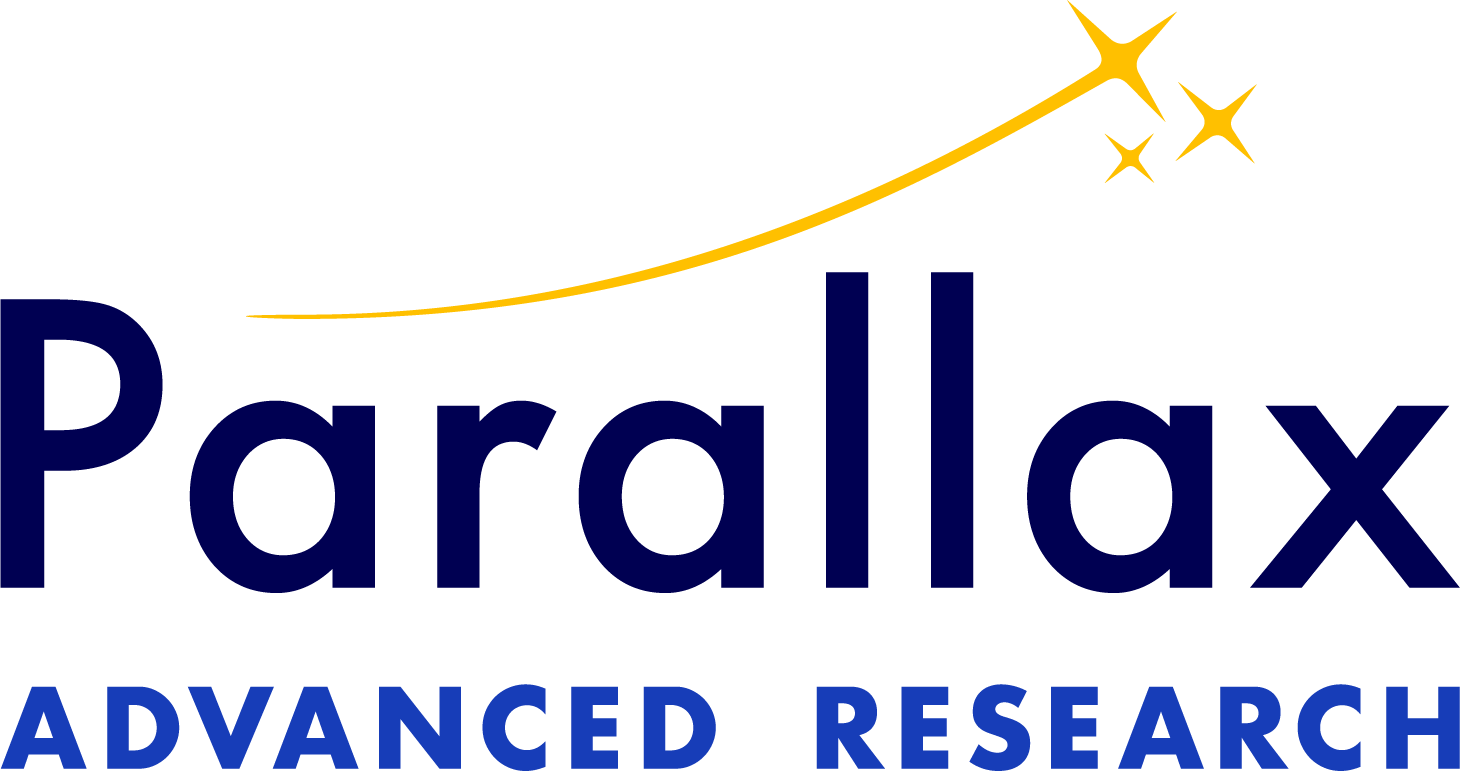Parallax Director of Research Intelligence, LJ Eads is a prior U.S. Air Force intelligence officer, signals intelligence analyst, and the founder of Data Abyss. He is originally from Fort Lauderdale Florida, but the Air Force brought him to Wright-Patterson Air Force Base in 2012. He has spent his entire working life focused on developing technical solutions for national security challenges. He develops artificial intelligence capabilities in the domains of space, cyber, and open-source intelligence for the intelligence community. He developed Data Abyss to deliver science and technology analytics through open sources to counter China's strategic intentions and capabilities.
What was the inspiration behind your innovation: Data Abyss?
I’m a big believer that China’s intelligence and economic espionage programs are the greatest long-term threats to our nation’s information and intellectual property. That inspires me to make it more difficult for them and I believe that open-source data is untapped in that regard.
I specifically developed Data Abyss for what’s now called Research Security and Knowledge Security programs. Research Security defines safeguarding the research enterprise against the misappropriation of research and development to the detriment of national and economic security, related violations of research integrity, and foreign government interference. Knowledge Security entails mitigating the risks of espionage, unwanted knowledge transfers, intellectual property theft, data leakage and the misuse of dual-use technology.
How has your personal mission evolved? How does that tie in with Parallax’s mission?
My personal mission has always had me focused on bettering capabilities for the Air Force and Intelligence Community that directly support the warfighter.
But… today supporting the warfighter and the American people isn’t just required from a military base or classified area. Academia and industry need help identifying and mitigating foreign risks and identifying those potential threats as early as possible. These threats include theft of trade secrets, research data, and other priceless proprietary information that our adversaries are after.
Our adversaries are focused on leveraging our technological enterprise, and Parallax is here to defend and enhance science and technology (S&T) across all domains by enhancing our people, systems, and capabilities. Parallax positions itself dead center between academia, industry, and the government, so we are very well positioned to deliver impact.
How are you going to advance the innovation to solve other challenging problems?
Safeguarding information is a very complex problem. It can be broken down into many various issues from insider threats to physical network security issues. I envision one day to be able to connect S&T data across those issue spaces. An example would be for cyber threat intelligence analysts to be able to assess cyber threats by technology type… like an organization’s quantum computing data.
Throughout your journey, what’s been your most valuable skill?
I’ve always been driven by thinking about the challenges that the U.S. might face strategically in the years to come. I spend most of my days thinking about how data and solutions can be leveraged to help identify what those strategic issues might be and thinking about the questions that the data could assist in answering.
I’m thankful that I went through the intelligence schools creative thinking courses and learned the fundamentals early, because the courses taught me unique ways to view these kinds of problems.
What advice do you have for other inventors?
Live your hobby, live your passion, and live your happiness, and find ways to invent or reinvent whatever that is.
What’s next for you? What keeps you up at night?
How will this next global cold war play out with hybrid warfare tactics as it relates to economic and academic espionage, knowledge transfer, and talent recruitment? We just recently saw the Department of Justice charge Chinese intelligence officers with using academic cover to target individuals in the United States. I think we will see more of these espionage cases brought to light soon with the help of data and intelligent teaming capabilities like we are developing here at Parallax.
I’m also really interested in expanding the U.S.’s ability and knowledge on hybrid warfare concepts. The Netherlands Defence Academy is producing very interesting research for NATO in this space.
